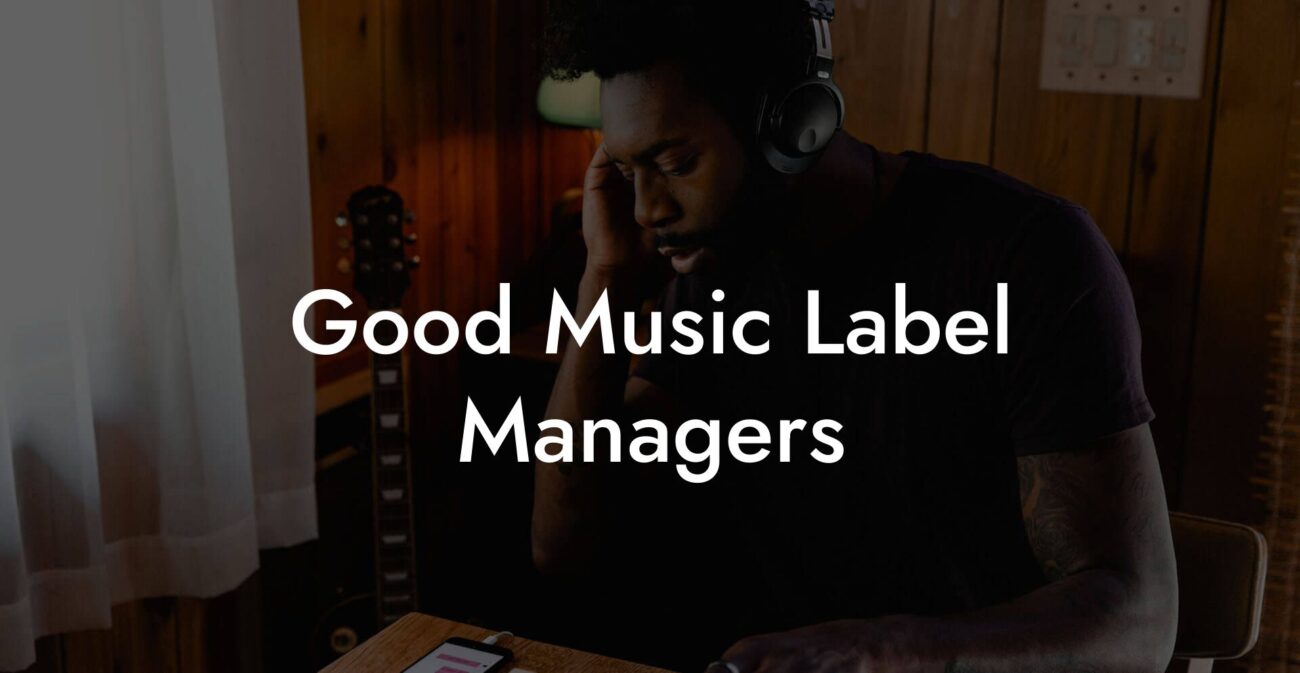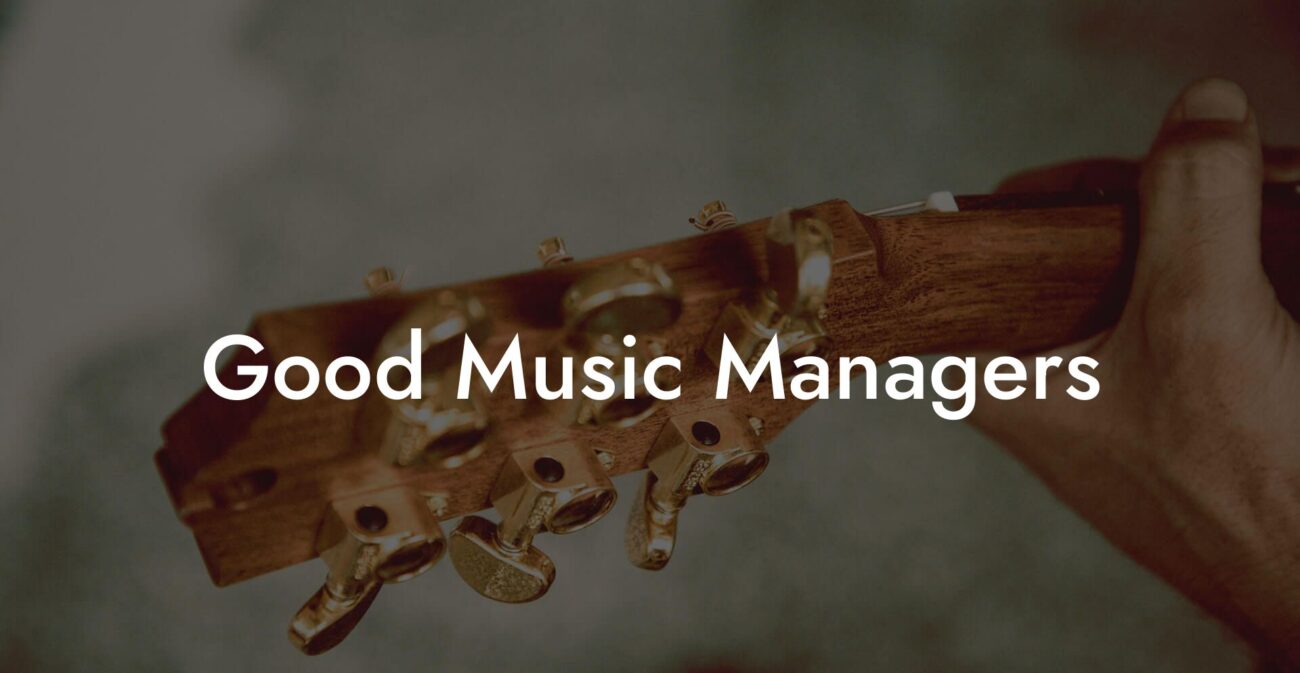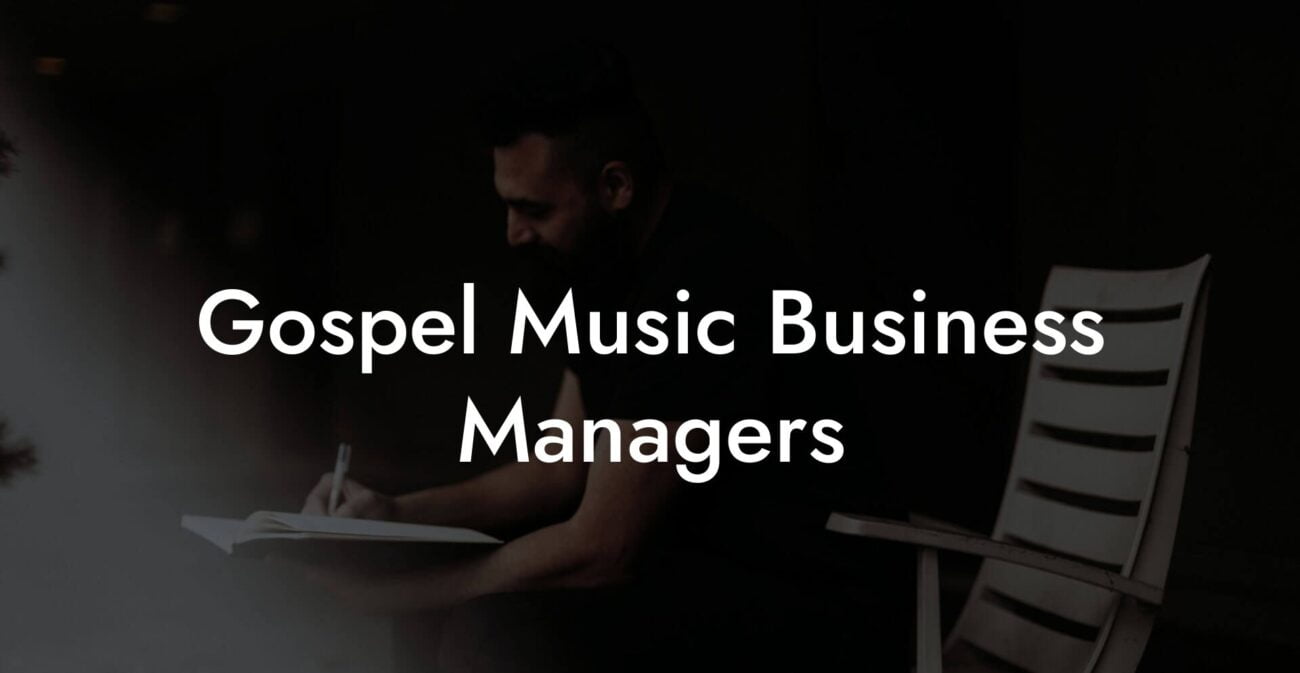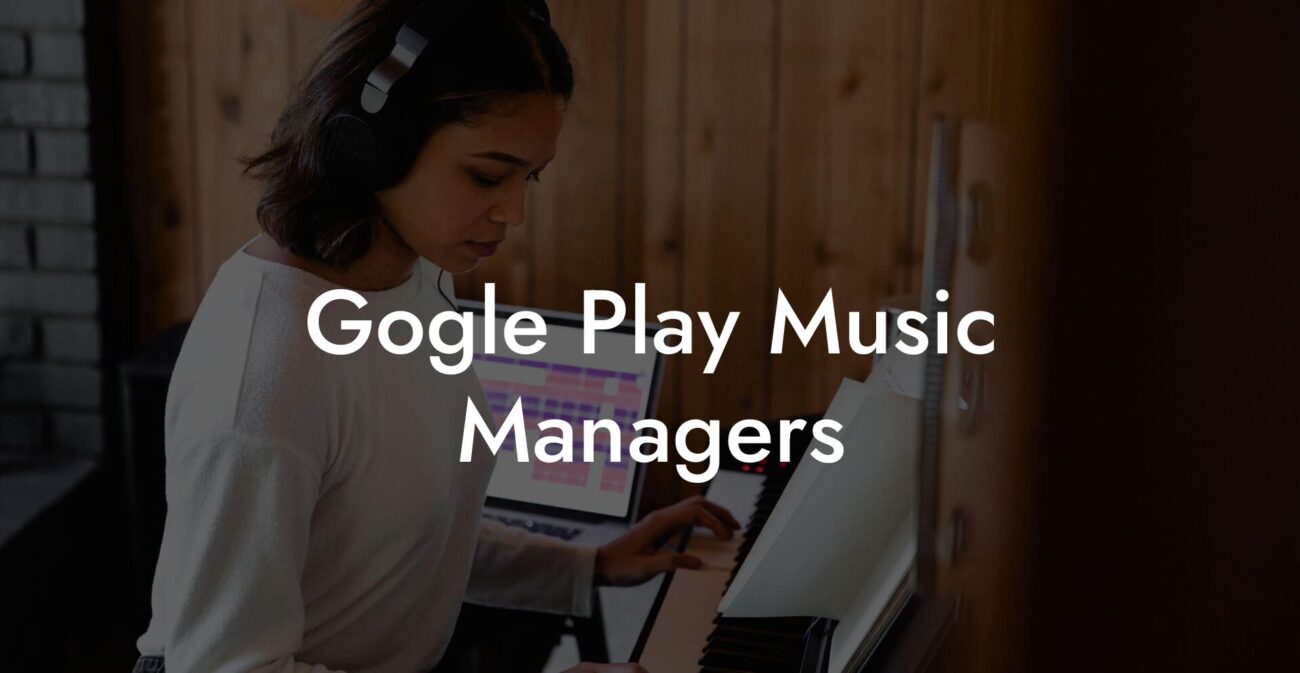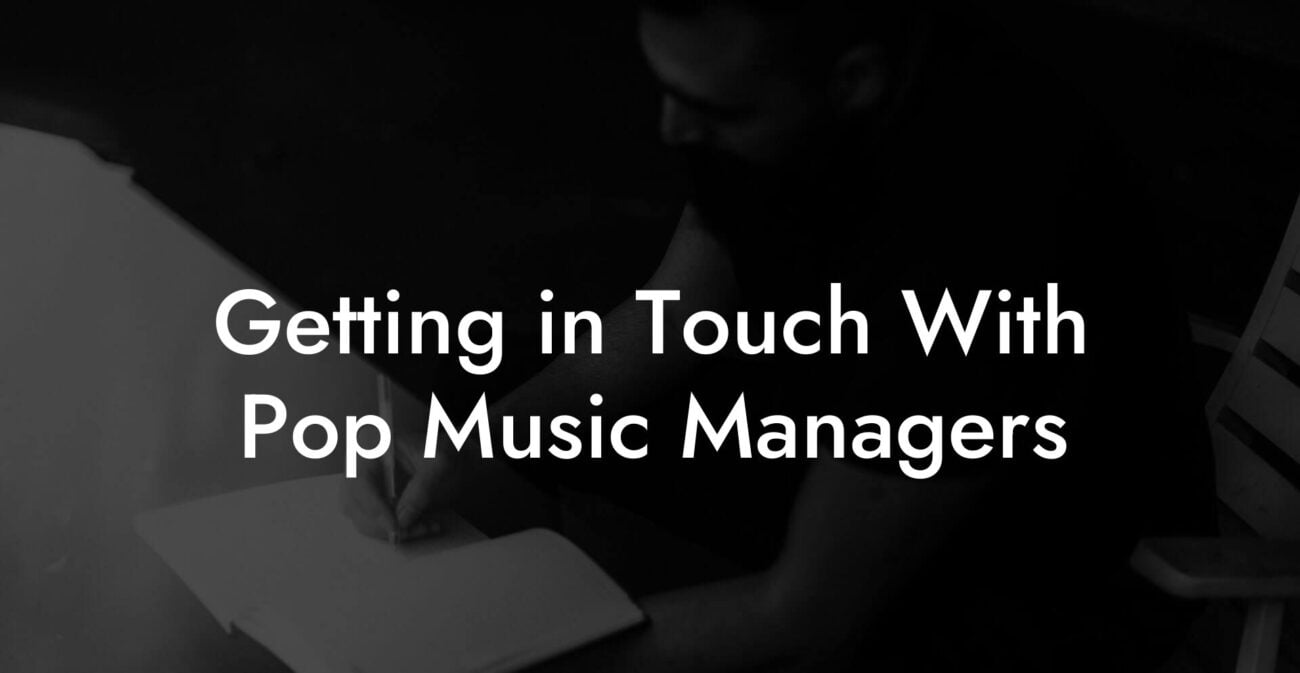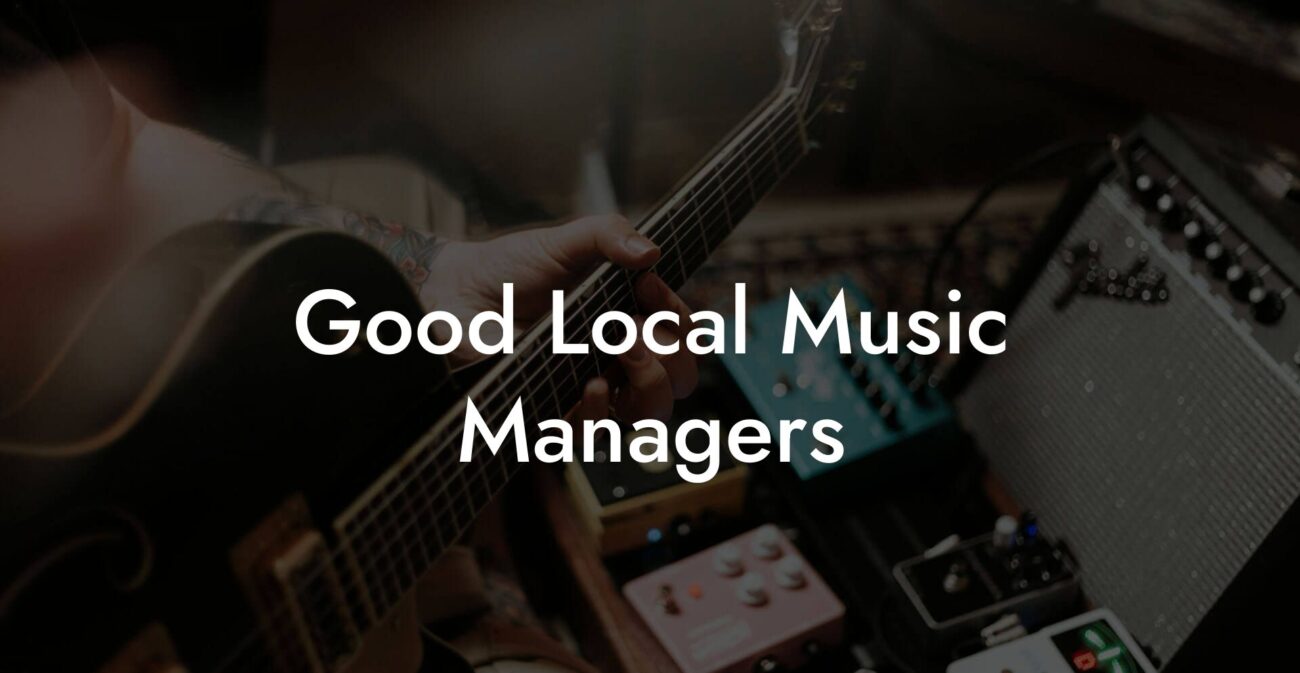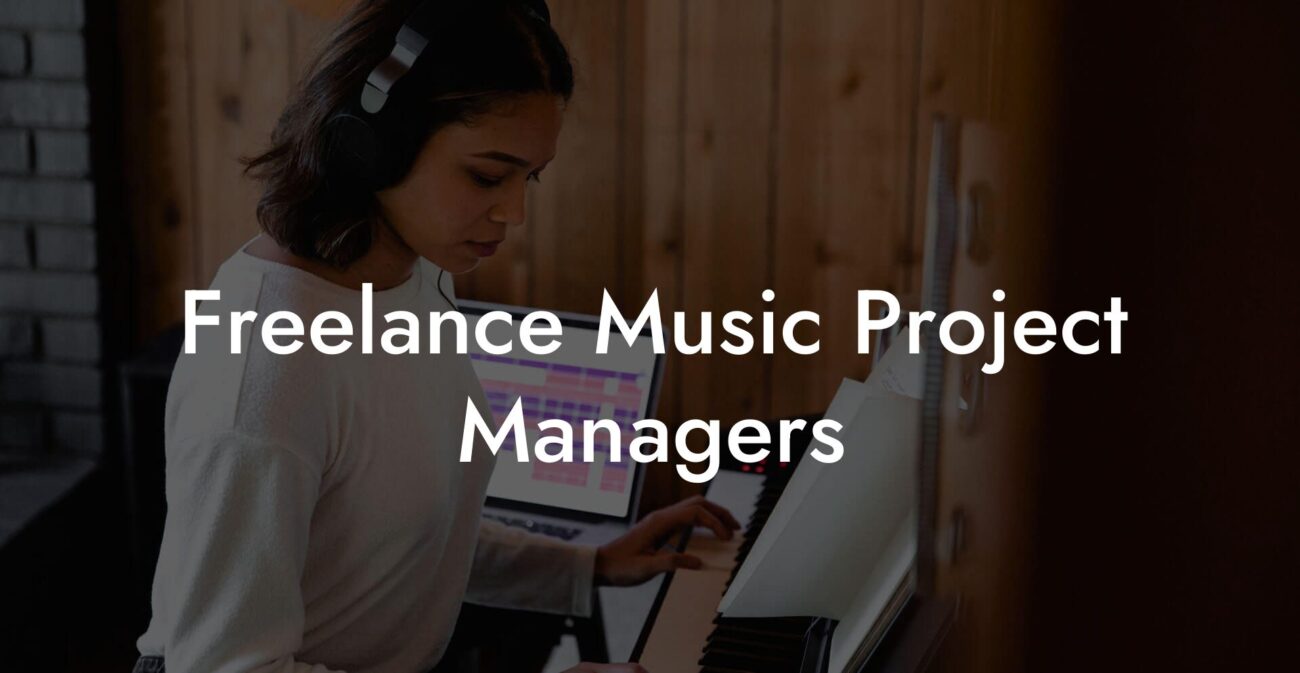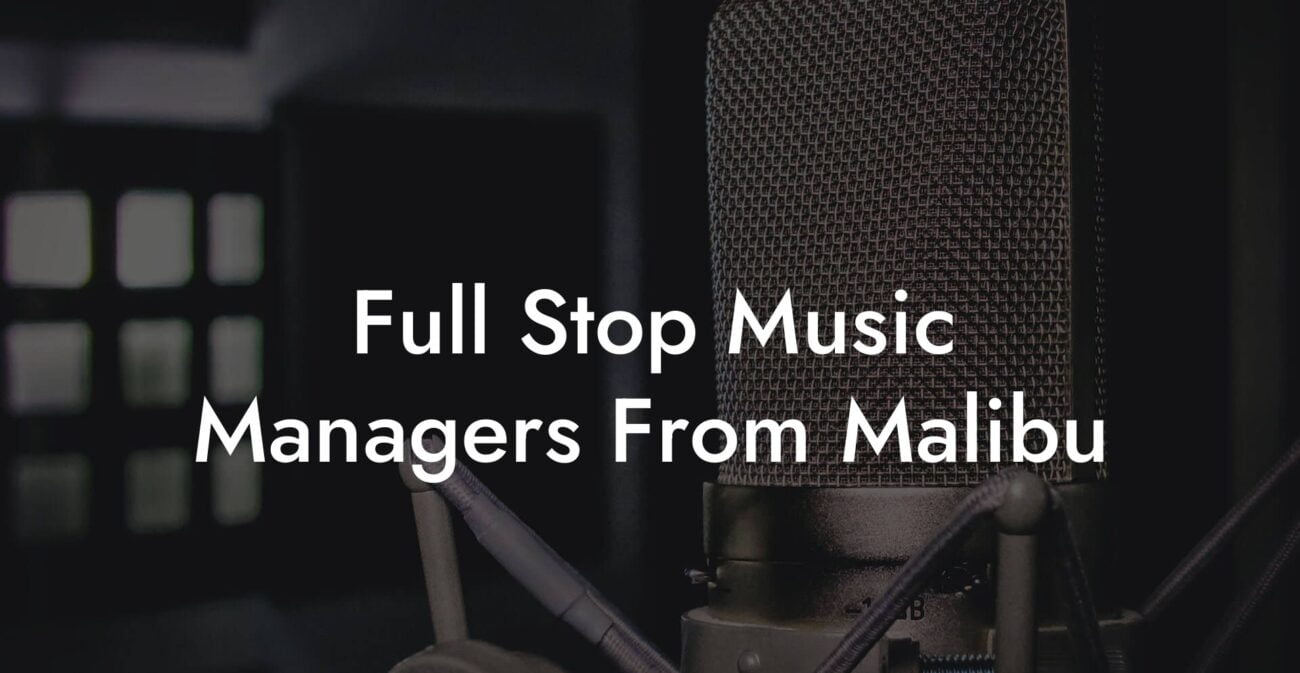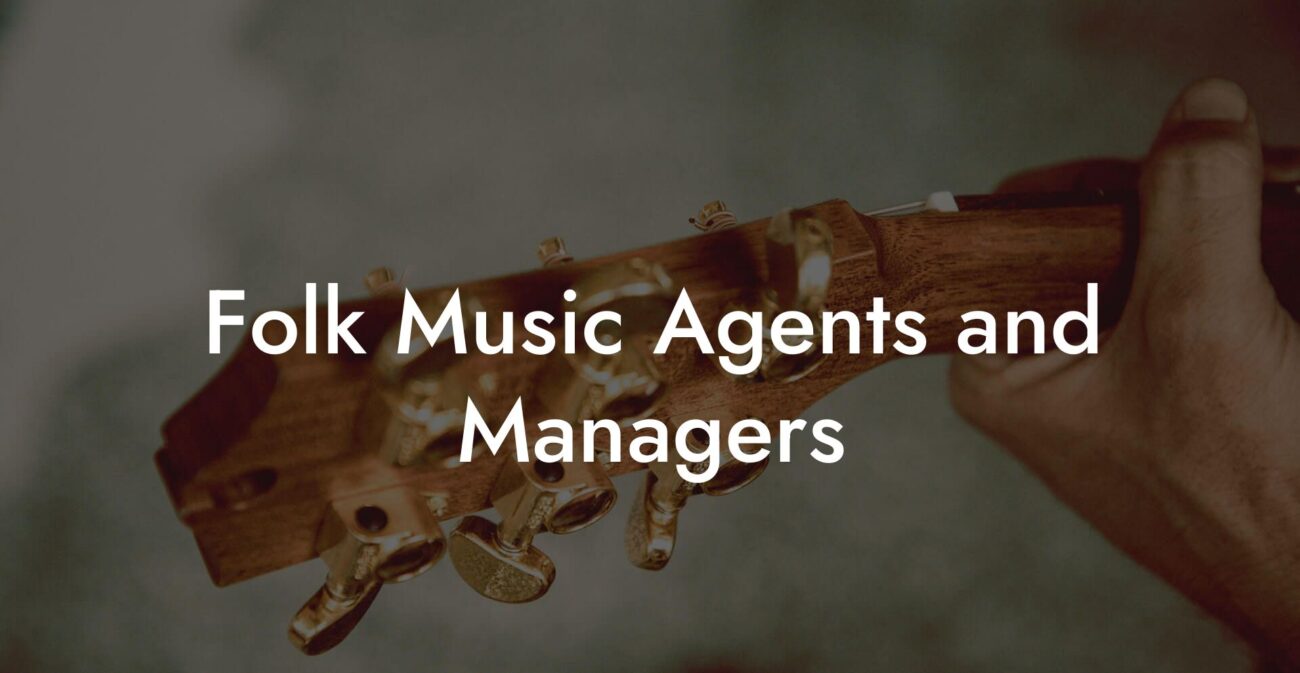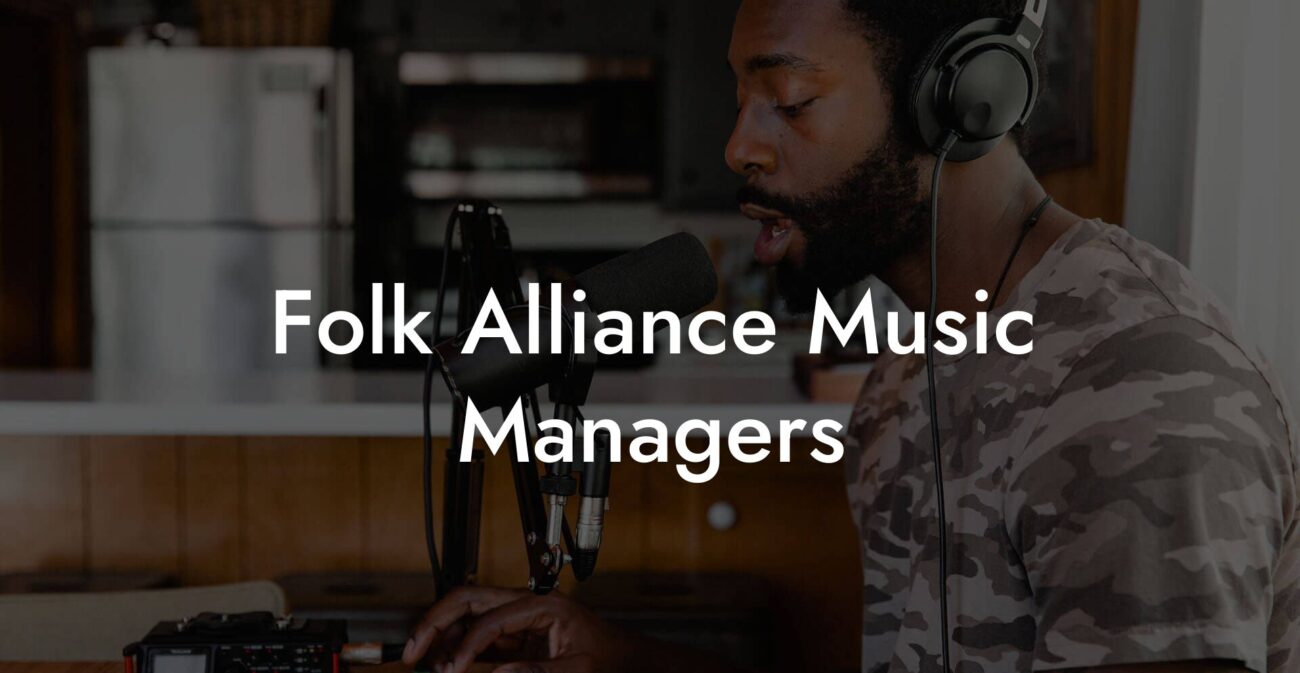Songwriting Advice
How To Start A Verse For A Song
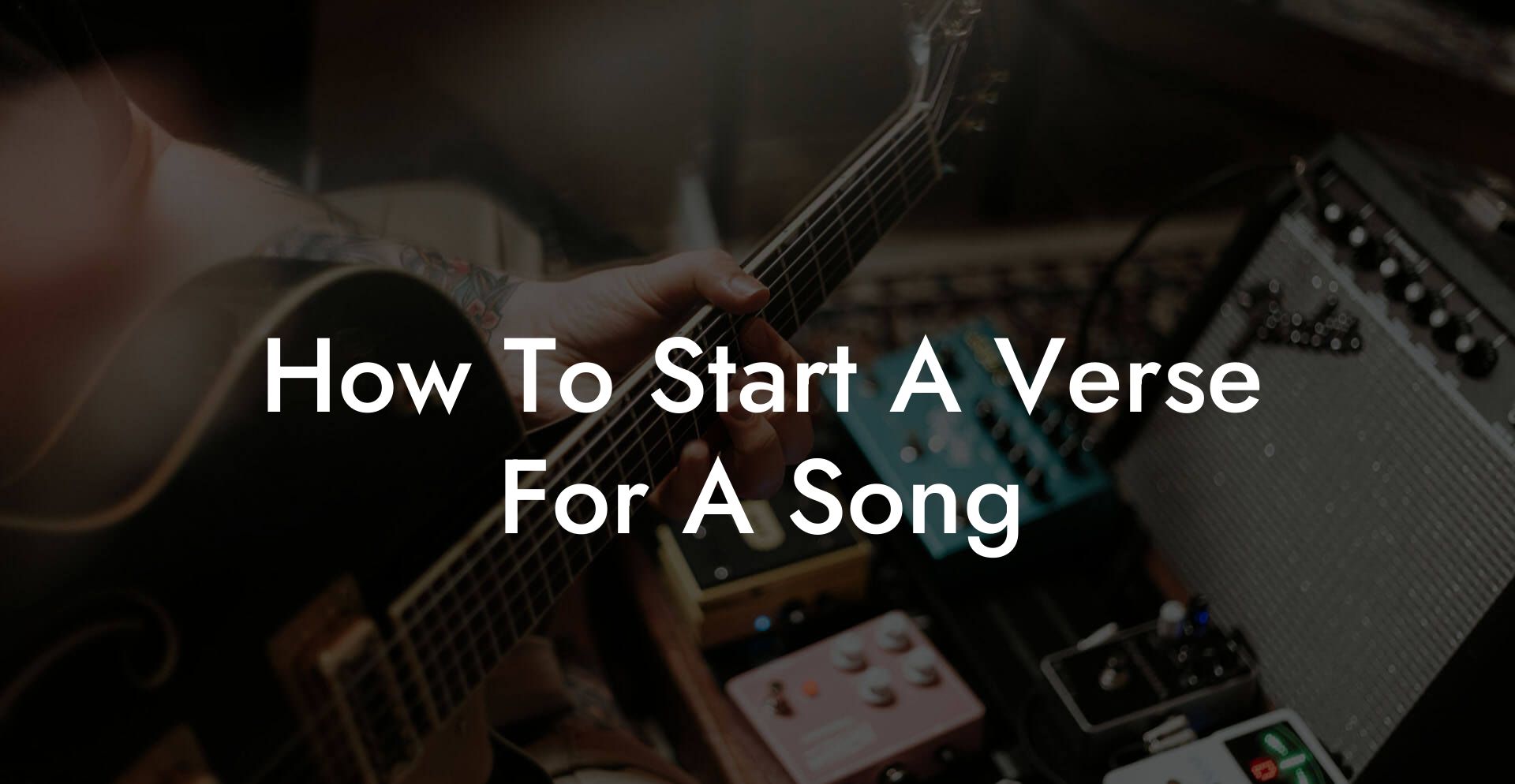
So you’ve got an idea for a killer song, but your mind’s doing cartwheels trying to figure out where to begin the verse, right? Welcome to the wild and whimsical world of songwriting, where every line is a masterpiece in the making—even if you’re feeling more “huh?” than “hit me with your best shot.” This guide is your backstage pass to cracking the code on how to start a verse for a song that captures your vibe, slays the cliché, and leaves your listeners craving more.
Looking for the ultimate cheatsheet to skyrocket your music career? Get instant access to the contact details of the gatekeepers of the music industry... Record Labels. Music Managers. A&R's. Festival Booking Agents. Find out more →
Quick Links to Useful Sections
- Understanding the Anatomy of a Great Verse
- Why the Verse is the Heart of a Song
- Brainstorming Techniques to Jumpstart Your Verse
- 1. Freewriting and Stream of Consciousness
- 2. Mind Mapping Your Emotions and Themes
- 3. Using Prompts and Visual Inspiration
- 4. Asking “What If?” Questions
- Structuring Your Verse: Flow, Rhyme, and Rhythm
- 1. The Role of Rhyme Schemes
- 2. Balancing Lengths and Beats
- 3. The Power of Metaphors and Imagery
- Incorporating Storytelling: Weaving Emotion and Narrative
- 1. Setting the Scene
- 2. Introducing Characters and Conflict
- 3. Leaving Room for Interpretation
- Leveraging the Lyric Assistant for Creative Inspiration
- Overcoming Common Songwriting Challenges
- 1. The Dreaded Writer’s Block
- 2. Self-Doubt and Perfectionism
- 3. Balancing Originality with Relatability
- 4. Navigating the Pressure of the Blank Page
- Mixing Creativity with Technical Know-How: Tips and Tricks
- 1. Experiment with Different Structures
- 2. Layer Your Lyrics with Subtext
- 3. Collaborate and Get Feedback
- 4. Record and Revisit Your Work
- Resources and Community Support: Your Next Steps
- Online Songwriting Forums and Communities
- Workshops and Courses
- Professional Mentorship and Collaboration
- Leveraging Technology and Tools
- Crafting a Unique Identity Through Your Verse
- Unlocking the Power of Revision: From Draft to Masterpiece
- FAQs: Demystifying the Process of Starting a Verse
- Your Journey to a Captivating Song Verse
Understanding the Anatomy of a Great Verse
Before diving into the creative chaos of songwriting, let’s break down what a verse really is. Think of the verse as the heartbeat of your song—a place where the story unfolds, the emotions build, and you set the stage for that catchy chorus to blow minds. In many ways, it’s like the opening scene of your favorite TV series: it has to grab attention, introduce characters, and tease where the plot is headed.
In songwriting, a verse typically does the heavy lifting. It’s where you weave imagery, emotions, and narrative details that give context to the chorus. Whether you’re writing a mellow acoustic ballad or a high-energy pop banger, the verse is your opportunity to connect with your audience, spark their imagination, and invite them into your world.
A great verse often strikes a balance between clear storytelling and subtle ambiguity—leaving room for interpretation while still hitting home with relatable themes. And yes, it’s okay if your first draft sounds like a brainstorming session scribbled on a napkin. The art of crafting a memorable verse is as much about revision and experimentation as it is about that initial spark of inspiration.
Why the Verse is the Heart of a Song
Picture your favorite song. Chances are, the verses are what hook you in with their clever wordplay and vivid storytelling. The verse isn’t just filler—it’s the emotional and narrative engine of your track. In many cases, the verse is where you build context, set up tension, and pave the way for a chorus that hits like a tidal wave.
Write Lyrics Like a Professional Songwriter
The ultimate songwriting tool that takes your creative vision to the next level! With just a few clicks, you can unleash your inner songwriter and craft a hit that's uniquely yours. Your song. You own it.
In songwriting circles, the verse is often seen as the “silent intro” of the emotional journey. It’s where you subtly lay the groundwork for big reveals and heartfelt confessions. A well-crafted verse can make or break a song—it can transform average lyrics into a profound experience, making every line resonate with personal meaning while still appealing to a broader audience.
Think of it this way: the verse is like the opening chapter of a mystery novel. You’re not giving everything away at once, but you’re dropping enough hints and clues to keep your audience invested and excited for what’s next.
Brainstorming Techniques to Jumpstart Your Verse
So, how do you break out of that dreaded writer’s block and get the creative juices flowing? Here are some brainstorming techniques that might just light the fuse for your next stellar verse.
1. Freewriting and Stream of Consciousness
Grab your favorite pen, open a blank document, or even grab a cup of coffee—whatever gets you comfortable. The goal here is to let your thoughts run wild. Write down every idea, word, or phrase that comes to mind without editing yourself. Don’t worry if it sounds like a jumble initially; the messy first draft is all part of the magic. Eventually, you’ll sift through the clutter, extract golden lines, and shape them into a verse that speaks to your soul.
2. Mind Mapping Your Emotions and Themes
Visual thinkers, this one’s for you. Start with a central idea or emotion written in the middle of a page and branch out with related words, phrases, or images. This technique helps in expanding your initial concept and uncovering connections you might not have noticed. Whether it’s love, rebellion, heartbreak, or pure joy, mapping out these themes can reveal a structured path for your verse.
3. Using Prompts and Visual Inspiration
Sometimes a striking image or an evocative prompt can trigger a flood of ideas. Flip through art books, scroll social media for aesthetic shots, or simply take a walk. Let the visuals speak to you and inspire unique word pairings and metaphors. Whether it’s the glow of city lights or the solitude of a starry night, let these images guide your verse.
4. Asking “What If?” Questions
Throw out hypothetical scenarios like, “What if I was stranded on an alien planet?” or “What if my heart was a ticking clock?” This questioning method not only injects creativity into your writing but also helps push the boundaries of conventional themes. Embrace the absurd and watch how unexpected ideas can evolve into a captivating verse.
No matter which method you choose, the key is to let go of perfectionism in the early stages. Think of this process as a fun playground where every word has potential, and every phrase can evolve into a lyrical gem.
Structuring Your Verse: Flow, Rhyme, and Rhythm
Now that you’ve got a heap of raw ideas, it’s time to sculpt them into a coherent verse that not only makes sense but also grooves with the beat of your song. Structuring is where the creative process meets the technical side of songwriting.
1. The Role of Rhyme Schemes
Rhyme is like the secret sauce in your verse. It helps create a musical flow and ties lines together in a memorable way. Experiment with different rhyme schemes—whether it’s AABB, ABAB, or something totally offbeat. It’s all about finding a rhythm that complements your subject matter and makes your words sing.
Remember, the perfect rhyme doesn’t always mean a predictable pattern. Sometimes, near rhymes or even internal rhymes can add texture and movement to your verse, keeping your listeners engaged without sounding forced.
2. Balancing Lengths and Beats
Think of your verse like a heartbeat—steady, rhythmic, and occasionally punctuated by bursts of energy. Play with the length of your lines and the pacing of your words. Short, punchy lines can create an upbeat, rapid-fire vibe, while longer, more drawn-out phrases might give your verse a reflective, soulful quality.
Experiment with the number of syllables, pauses, and punctuation. Does a sudden stop enhance the emotional impact of a line? Does a longer cadence build suspense? These are the nuances that differentiate a basic verse from one that feels like a personal anthem.
3. The Power of Metaphors and Imagery
A verse that paints a vivid picture can transport your audience. Use metaphors and similes to compare abstract emotions to tangible objects or experiences. Instead of simply stating your feelings, invite your listeners to see, hear, and feel them. Whether it’s comparing love to a burning wildfire or heartache to a broken mirror, these literary devices add depth and intrigue.
Bold imagery doesn’t have to be overly complex. Sometimes, a single, striking metaphor can say more than paragraphs of plain language. Let your creativity run wild and don’t be afraid to experiment with unconventional comparisons.
Incorporating Storytelling: Weaving Emotion and Narrative
Let’s face it—people love stories. A well-told narrative in your verse can pull your listeners in and make your song unforgettable. But how do you seamlessly integrate storytelling into a few lines of lyrics?
1. Setting the Scene
Begin by establishing the context. Whether you’re painting a picture of a dimly lit room or the vibrant energy of a summer night, grounding your verse in a specific setting can provide a strong visual backdrop. A solid setting sets the tone and invites your audience to step right into the scene.
2. Introducing Characters and Conflict
Your verse doesn’t have to tell an entire story from start to finish; it’s more like a snapshot that hints at deeper narratives. Introduce characters, emotions, or conflicts that resonate. Maybe it’s the bittersweet memory of a past relationship, the thrill of a first kiss, or even an internal battle of self-doubt. These elements give your verse an emotional depth that can hook listeners instantly.
3. Leaving Room for Interpretation
While being descriptive is key, don’t spell everything out. A little mystery goes a long way in songwriting. Leaving space for your audience to project their own experiences or emotions onto your lyrics can transform a simple verse into a personal connection point. It turns listening into an interactive experience—one that invites multiple interpretations and emotional responses.
Remember, great storytelling in a verse is all about balance—a mix of explicit imagery and subtle hints that allow for imagination. Your listeners might not get the full story in one go, but that’s the beauty of a well-crafted verse: it keeps them coming back for more clues.
Leveraging the Lyric Assistant for Creative Inspiration
Let’s get real—it’s 2023, and we’re living in an era where smart tools help unlock our creative potential. Enter Lyric Assistant, a nifty tool designed to help musicians and songwriters effortlessly conjure up lyric ideas that align with their style and mood. Whether you’re a bedroom poet or a band ready to rock, Lyric Assistant acts as your creative sidekick, ready to jumpstart your process.
Imagine having a brainstorming buddy who never sleeps, never judges, and always has a fresh set of suggestions at the ready. That’s what Lyric Assistant offers. It’s like having a co-writer who’s in sync with your vibe, suggesting evocative phrases, interesting rhyme schemes, or even challenging you with unexpected twists. Need a line that captures the essence of a moonlit night or a hook that encapsulates a burst of rebellion? Just type in your ideas, and let the tool inspire and guide you.
And here’s the kicker—while you retain full creative control, Lyric Assistant serves as a wellspring of inspiration, sparking new ways to articulate those hard-to-define emotions and ideas. It’s no longer about staring at a blank page in frustration; it’s about transforming that blank page into a canvas of endless possibilities.
Overcoming Common Songwriting Challenges
Let’s be honest—even the best songwriters hit roadblocks. Whether it’s a stubborn case of writer’s block or anxiety over whether your verse is “good enough,” you’re not alone on this wild ride. Here are some common challenges and a few witty, effective strategies to tackle them.
1. The Dreaded Writer’s Block
Writer’s block is like that annoying pop-up ad in the middle of your favorite movie—it shows up when you least expect it. Instead of fighting it tooth and nail, try a few creative warm-up exercises. Step away from your instrument, take a brisk walk, or switch to a different creative pursuit for a little while. Sometimes, the best ideas strike when you’re not even thinking about them.
2. Self-Doubt and Perfectionism
We’ve all been there: the inner critic insisting, “This verse is trash; you’ll never write a hit.” Instead of drowning in self-doubt, remember that every legendary song started as a rough draft. Give yourself permission to be imperfect. Write a verse, tear it down, and build it back up. Perfection is a myth; progress is where the magic happens.
3. Balancing Originality with Relatability
It’s a fine line between sounding unique and alienating your audience. The trick is to infuse your verse with your authentic voice while still tapping into universal themes. Think of your personal experiences as the secret ingredient that adds flavor without overpowering the dish. Experiment with twists on common themes until you hit that sweet spot where originality meets emotion.
4. Navigating the Pressure of the Blank Page
When faced with a blank page (or screen), try switching up your environment. Change the lighting, put on a favorite record, or even work in a different room. A new perspective can do wonders for igniting creativity. If all else fails, use that blank page as a canvas for doodles or scribbles—a fun prelude to the artistic process.
Remember, every songwriter faces these challenges. The key is to experiment, keep pushing your boundaries, and never be afraid to start over. Sometimes, the best verses emerge from the chaos of uncertainty.
Mixing Creativity with Technical Know-How: Tips and Tricks
While the creative spark is essential, a bit of technical savvy can elevate your songwriting to a whole new level. Here are some insider tips to harmonize your innovative ideas with a solid technical foundation.
1. Experiment with Different Structures
Don’t get too attached to one verse structure. Mix it up—try a couplet followed by a triplet, or sprinkle in an unexpected break. Breaking conventional structures can add an intriguing twist to your song that keeps your listeners on their toes.
2. Layer Your Lyrics with Subtext
Great songs often work on multiple levels. While your surface lyrics might be about heartbreak or joy, try slipping in a deeper message or personal reference that adds a subtle layer of meaning. This multi-dimensional approach can captivate an audience that loves to decode the hidden gems in your words.
3. Collaborate and Get Feedback
Two (or more) heads are often better than one. Collaborating with fellow songwriters or getting honest feedback from a trusted friend can provide new perspectives and boost your creative process. Sometimes, a fresh set of eyes—or ears—can help fine-tune your verse into something truly unforgettable.
4. Record and Revisit Your Work
Recording rough drafts of your verse can give you a new perspective. Hearing your own voice and the flow of your words might reveal opportunities for improvement that weren’t apparent on paper. Plus, it’s a great way to track your progress over time as you evolve as a songwriter.
Merging technical strategies with creative spontaneity doesn’t just sharpen your verse—it transforms the entire songwriting process into a rewarding journey of self-discovery and artistic expression.
Resources and Community Support: Your Next Steps
Sometimes the best way to soar as a songwriter is to lean on the community and resources that surround you. Here’s where you can find that extra boost of inspiration, technical know-how, and moral support on your lyrical journey.
Online Songwriting Forums and Communities
Join vibrant online communities where songwriters share their experiences, challenges, and tips. Platforms like Reddit’s r/Songwriting, songwriting Facebook groups, or even dedicated Discord channels can provide you with instant feedback and fresh ideas.
Workshops and Courses
Consider enrolling in songwriting workshops and online courses. Many of these classes offer structured guidance on everything from lyrical hooks to narrative techniques, giving you the tools to perfect your craft.
Professional Mentorship and Collaboration
Don’t be afraid to reach out to experienced songwriters or music producers for mentorship. Collaborating on projects can open up new pathways in your creative process and expand your network in the music industry.
Leveraging Technology and Tools
Tools like Lyric Assistant are game changers. They’re designed to help you overcome the blank page dilemma and generate creative ideas effortlessly. Experiment with different apps for melody creation, beat-making, or lyric brainstorming. These digital aids can serve as your creative buddies, ready to spark inspiration whenever you need it.
Remember, songwriting doesn’t have to be a solitary endeavor. There’s a whole community of passionate musicians and lyricists out there, eager to share ideas, swap stories, and inspire each other to reach new creative heights.
As you continue refining your craft, lean into these resources and support networks. Whether you’re attending in-person workshops, joining online forums, or simply bouncing ideas off friends, every bit of community engagement adds value to your creative journey. Embrace the collaborative spirit and let it propel your songwriting to the next level!
Crafting a Unique Identity Through Your Verse
While techniques, structures, and tools are crucial, the real magic happens when you inject your unique identity into your lyrics. Your verse is a reflection of who you are—every quirky phrase, personal reference, or unconventional rhyme contributes to the bigger picture of your musical persona.
Experiment with language, slang, and cultural references that resonate with your millennial and Gen Z audience. Whether you’re melding humor with introspection or blending modern metaphors with retro vibes, ensure that your lyrics speak your truth. Authenticity in your verse makes it not just a collection of words, but a mirror of your experiences, dreams, and even your rebellions.
Don’t shy away from infusing your verse with your personality. Let your quirks shine through. After all, some of the most iconic song verses are remembered not just for their melody or structure, but for the unmistakable voice behind them.
Unlocking the Power of Revision: From Draft to Masterpiece
The first draft of your verse is rarely a finished product—consider it more like a rough sketch. Revision is where you polish your lyrics, refine your message, and perfect your flow. Embrace every edit as a step toward transforming your initial ideas into a lyrical masterpiece.
Revisit your draft with fresh eyes after taking a break. Read it aloud, sing it over a beat, and pay attention to areas that stumble or feel forced. Sometimes, subtle tweaks in a rhyme or a slight reordering of lines can dramatically enhance your verse. Experiment relentlessly until you find that perfect blend of creativity and technical finesse.
Your verse is a living work of art that evolves through revision. Trust the process, and don’t be afraid to scrap parts that aren’t serving your vision. Every adjustment brings you closer to a final version that truly encapsulates your song’s emotional core.
FAQs: Demystifying the Process of Starting a Verse
Here are some frequently asked questions to further clear up the mysteries behind kicking off your verse and unlocking your songwriting potential:
1. What is the most important element in starting a verse?
The most crucial element is capturing a spark of inspiration—whether it’s an emotion, a memory, or a thought-provoking image. Your verse should set the tone and hint at the story or feelings that will unfold throughout the song.
2. How do I overcome writer’s block when starting my verse?
Try freewriting, mind mapping, or even a change of scenery. Let your thoughts flow without judgment, then circle back later to shape your raw ideas into a compelling verse.
3. Can I use tools like Lyric Assistant to help start my verse?
Absolutely! Lyric Assistant and similar songwriting tools are designed to spark your creativity, providing prompts and suggestions that can help overcome that dreaded blank page.
4. Is it better to plan my verse structure in advance or let it flow naturally?
It really depends on your style. Some songwriters thrive on planning out the structure and rhyme schemes, while others prefer to let the verse evolve organically. Experiment with both approaches to discover what works best for you.
5. How can I ensure my verse connects with my audience?
Focus on authenticity and emotion. Write about experiences and feelings that resonate with real life, and blend this with solid imagery and a relatable narrative.
6. Should my verse always follow a specific rhyme scheme?
Not at all. While a consistent rhyme scheme can enhance the flow of your verse, don’t be afraid to experiment with near rhymes or free verse styles—variety can add a modern twist that speaks to contemporary audiences.
7. How do I know if my verse is too predictable?
Mix in unexpected phrasing, clever wordplay, or a twist in the narrative. Listening to your verse as you read it aloud can help reveal areas where you might add a surprising element.
Your Journey to a Captivating Song Verse
Embarking on the journey to craft that perfect song verse is both an exhilarating and a unpredictable adventure. It’s a dance between raw emotion and technical finesse, spontaneity and structure, personal storytelling and universal appeal. Every step you take—from jotting down your initial ideas to meticulously refining each line—is a leap toward expressing your innermost thoughts in a way that resonates with others.
Whether you’re just starting out or you’ve already written a few verses, remember that every great songwriter has been exactly where you are now—a blank page waiting to be filled with life, creativity, and passion. Embrace the process, lean on the tools and communities around you, and let each verse be a bold declaration of your unique voice.
The road to writing a verse that truly speaks is paved with experimentation, perseverance, and a healthy dose of humor. So, keep strumming that guitar, tapping away on your keyboard, or belting out melodies in your car karaoke session—because every moment of creative exploration is another step closer to the verse that will change everything.
Here’s to daring to start, to experimenting with every word, and to unfurling a story that’s distinctly, unapologetically you. Let your verse be the spark that ignites the listener’s imagination, the opening act that promises a journey of sound, emotion, and unforgettable memories.

